Fate of the Jews in Cologne under Nazi rule
The Jewish community in Cologne, integral to the city’s cultural, social, and economic landscape, suffered profound persecution under Nazi rule. This persecution unfolded through escalating legal restrictions, economic disenfranchisement, social isolation, and, ultimately, deportation and genocide. The systematic dismantling of Jewish life in Cologne exemplifies the tragic fate of Jewish communities across Europe during the Holocaust. From my recent visit to the El-De Haus in Cologne, a former Gestapo headquarters and now a documentation center, I learned more about the Jewish experience in Cologne. Here is a summary of the exhibition, coupled with my reflections on this dark chapter in Cologne’s history.
 From September 1941, all Jews were forced to wear the ‘Jewish star’ (‘Judenstern’). Anyone who did not comply with this regulation could be arrested and deported. Adolf Oppenheimer was imprisoned in the Klingelpütz in 1942 following a denunciation. Friends and acquaintances tried in vain to save him by making affidavits. He was deported to Auschwitz and murdered.
From September 1941, all Jews were forced to wear the ‘Jewish star’ (‘Judenstern’). Anyone who did not comply with this regulation could be arrested and deported. Adolf Oppenheimer was imprisoned in the Klingelpütz in 1942 following a denunciation. Friends and acquaintances tried in vain to save him by making affidavits. He was deported to Auschwitz and murdered.
Jewish life in Cologne before the Nazis
Before the rise of the Nazi regime, the Jewish community in Cologne was a vibrant and integral part of the city’s cultural, social, and economic landscape. For centuries, Jews had contributed to the development and identity of Cologne, establishing a deep-rooted presence and fostering a sense of shared community within the city. Jewish residents actively participated in the city’s commercial life, academia, and arts, contributing to a flourishing multicultural environment.
 synagogue at Roonstraße.
synagogue at Roonstraße.
Cultural and religious institutions
The Jewish community in Cologne maintained a rich cultural and religious life, supported by a network of institutions that served both religious and social needs. Synagogues, including the prominent Roonstraße Synagogue, served not only as places of worship but also as centers for education and communal gatherings. Organizations such as the Federation of German-Jewish Youth and the Jewish Scouts of Cologne organized events, educational programs, and social activities, fostering a strong sense of identity and belonging among younger generations.
 Cologne chapter of the Federation of German-Jewish Youth, 1934.
Cologne chapter of the Federation of German-Jewish Youth, 1934.
In addition, initiatives like the Israelite Apprentice Home provided vocational training, preparing Jewish youth for careers in skilled trades. This effort to diversify occupational representation was, in part, a response to early waves of antisemitism that stereotyped Jews as limited to academic and commercial professions. Through such institutions, the Jewish community sought to reinforce its ties with Cologne while building resilience against social and political challenges.
 Girl group of the Jewish Scouts Cologne (JPD) on a trip.
Girl group of the Jewish Scouts Cologne (JPD) on a trip.
 Vacation colony of the Cologne synagogue community, 1937.
Vacation colony of the Cologne synagogue community, 1937.
 The Israelite Apprentice Home was built at Utrechter Straße 6 in 1904/05. Founded shortly before the turn of the century, the sponsoring association aimed to train young Jews in the trades in order to counteract the concentration of the Jewish population in academic and commercial professions. The aim was to fend off anti-Semitic attacks that attacked Jews as “unproductive” and “pests of the German economy” due to their particular occupational structure. After 1933, the house was mainly used to prepare for emigration.
The Israelite Apprentice Home was built at Utrechter Straße 6 in 1904/05. Founded shortly before the turn of the century, the sponsoring association aimed to train young Jews in the trades in order to counteract the concentration of the Jewish population in academic and commercial professions. The aim was to fend off anti-Semitic attacks that attacked Jews as “unproductive” and “pests of the German economy” due to their particular occupational structure. After 1933, the house was mainly used to prepare for emigration.
Economic and social contributions
Economically, Jewish entrepreneurs and professionals were a significant part of Cologne’s thriving business sector. Jewish-owned businesses, such as the Leonhard Tietz department store, were widely recognized and respected, contributing to the city’s reputation as a commercial hub. Jewish doctors, lawyers, educators, and other professionals also played essential roles in public life, and their presence enriched the cultural and intellectual diversity of the city.
 Leonhard Tietz department store (left) at Hohe Straße/corner of Gürzenichstraße, around 1920 and rebranded as Kaufhof (right), around 1935. The Leonhard Tietz department store group was already the target of National Socialist smear campaigns in the 1920s. After systematic reprisals from the beginning of 1933, the company was forced to change its name to “Westdeutsche Kaufhof AG” in July 1933. In 1934, the complete “Aryanization” was carried out. The owners of the company had to emigrate and Jewish employees were dismissed.
Leonhard Tietz department store (left) at Hohe Straße/corner of Gürzenichstraße, around 1920 and rebranded as Kaufhof (right), around 1935. The Leonhard Tietz department store group was already the target of National Socialist smear campaigns in the 1920s. After systematic reprisals from the beginning of 1933, the company was forced to change its name to “Westdeutsche Kaufhof AG” in July 1933. In 1934, the complete “Aryanization” was carried out. The owners of the company had to emigrate and Jewish employees were dismissed.
Socially, the Jewish community engaged in local civic life and maintained strong relationships with non-Jewish residents. Jewish and non-Jewish citizens often shared neighborhoods and frequented the same public spaces, fostering a degree of mutual respect and coexistence. This integration, while imperfect and sometimes tested by prejudicial attitudes, allowed for a complex and dynamic interweaving of cultural identities within Cologne’s urban landscape.
Tensions and early challenges
Despite this flourishing environment, Cologne’s Jewish population was not immune to the undercurrents of antisemitism that occasionally surfaced in broader German society. By the late 19th and early 20th centuries, nationalist movements and populist rhetoric began to influence public opinion, resulting in isolated acts of hostility and exclusion against Jewish citizens. Jewish-owned businesses, in particular, were subjected to smear campaigns from nationalist groups long before the Nazis rose to power.
Nevertheless, the Jewish community’s resilience and adaptive strategies allowed it to continue thriving in Cologne, contributing to an era of cultural pluralism and economic prosperity that would come to a brutal end with the Nazis’ rise to power.
Initial persecution and social exclusion
Following the Nazis’ rise to power in 1933, Cologne’s Jewish population faced an increasing series of repressive measures designed to marginalize them from the so-called “Volksgemeinschaft” (national community). The Nazis quickly enforced policies that isolated Jews socially and economically. Jewish-owned businesses were subject to aggressive boycotts and targeted with smear campaigns. One notable example was the Leonhard Tietz department store, which, after enduring extensive harassment, was “Aryanized” in 1934, compelling the Jewish owners to emigrate while Jewish employees lost their jobs.

 One of the first Jewish businesses to be “Aryanized” in Cologne was Photo-Brenner. Rafael Brenner, one of the owners, was arrested in June 1933 and put under massive pressure to sell. The buyer, a member of the NSDAP, announced with satisfaction in an advertisement that the company ‘has finally passed into Aryan ownership and will continue to be run in the German spirit’ Even when the business was renamed ‘FOTOSCHMITT’, the new owners still advertised as ‘Photo-Brenner’. The expropriated owners had to flee. They re-established their business in Palestine.
One of the first Jewish businesses to be “Aryanized” in Cologne was Photo-Brenner. Rafael Brenner, one of the owners, was arrested in June 1933 and put under massive pressure to sell. The buyer, a member of the NSDAP, announced with satisfaction in an advertisement that the company ‘has finally passed into Aryan ownership and will continue to be run in the German spirit’ Even when the business was renamed ‘FOTOSCHMITT’, the new owners still advertised as ‘Photo-Brenner’. The expropriated owners had to flee. They re-established their business in Palestine.
This economic disenfranchisement was accompanied by social stigmatization. Jewish individuals, families, and communities were isolated from public life and stripped of their rights. Jewish schools, clubs, and other community organizations became targets for Nazi restrictions and were gradually closed or repurposed. The environment of intimidation extended into private spheres, creating an atmosphere of fear and uncertainty.
 The shoe store Wolff is another example of the “Aryanization” of Jewish businesses in Cologne. In order to make the “transition” as smooth as possible for customers, the new owner kept the name “Wolff” (crossed out) next to his own name “Maas”.
The shoe store Wolff is another example of the “Aryanization” of Jewish businesses in Cologne. In order to make the “transition” as smooth as possible for customers, the new owner kept the name “Wolff” (crossed out) next to his own name “Maas”.
Kristallnacht: The November Pogrom
The situation reached a violent peak with the Kristallnacht pogrom on November 9–10, 1938, a state-orchestrated attack on Jewish communities across Germany. In Cologne, this “Night of Broken Glass” brought widespread destruction to Jewish property and sacred sites. Synagoguess, including the notable Glockengasse synagogue, were set ablaze, and Jewish homes and businesses were looted and destroyed. This event, enabled by passive or complicit elements of the public, marked a turning point, shattering any remaining illusions of safety within the Jewish community. Hundreds of Jewish individuals were arrested and sent to concentration camps in the wake of Kristallnacht, marking a shift from economic and social persecution to outright physical violence.
 Thieboldsgasse 112, Esther Kentof in front of her store with her daughters Siddy and Henny, March 1933. The household goods store and the house at Thieboldsgasse 112 were owned by the widowed merchant Esther Kentof. After the November pogrom of 1938, in which the store and home were vandalized, she sold the house and fled to Belgium. From there, she was deported to the Bergen-Belsen concentration camp during the German occupation and murdered.
Thieboldsgasse 112, Esther Kentof in front of her store with her daughters Siddy and Henny, March 1933. The household goods store and the house at Thieboldsgasse 112 were owned by the widowed merchant Esther Kentof. After the November pogrom of 1938, in which the store and home were vandalized, she sold the house and fled to Belgium. From there, she was deported to the Bergen-Belsen concentration camp during the German occupation and murdered.
 Glockengasse synagogue after the November pogrom, 1938. During the pogrom of November 9/10, 1938, the so-called “Reichskristallnacht”, staged throughout Germany by the state and the National Socialist party, synagogues in Cologne were burned down or vandalized and countless stores and homes were destroyed, unhindered or even supported by the population. Jewish people were mistreated, hundreds arrested and deported to concentration camps.
Glockengasse synagogue after the November pogrom, 1938. During the pogrom of November 9/10, 1938, the so-called “Reichskristallnacht”, staged throughout Germany by the state and the National Socialist party, synagogues in Cologne were burned down or vandalized and countless stores and homes were destroyed, unhindered or even supported by the population. Jewish people were mistreated, hundreds arrested and deported to concentration camps.
 The Cologne master butcher Arnold Katz and his son Benno were forced by the SA to carry signs with insults and calls for a boycott.
The Cologne master butcher Arnold Katz and his son Benno were forced by the SA to carry signs with insults and calls for a boycott.
Deportation and extermination
By 1941, Nazi policies had escalated to systematic deportations. The Cologne synagogue community was dissolved, and the Jewish population was forcibly concentrated into designated “ghetto houses”, such as the building on Cäcilienstraße. This location became the last residence for many before their deportation to extermination camps.
 The building at Cäcilienstraße 18-22, which contained event rooms, offices and a small synagogue, belonged to the Jewish association “Rheinlandloge”. After its dissolution in 1937, it served as a community center for the synagogue community. From the summer of 1941, the authorities used it for the forced deportation of Jewish women, men and children from Cologne, but also from the entire region. In the months that followed, it was one of the largest ghetto houses in Cologne (Cäcilienstraße ghetto house). The names of more than 200 people are known for whom it became their last place of residence before deportation.
The building at Cäcilienstraße 18-22, which contained event rooms, offices and a small synagogue, belonged to the Jewish association “Rheinlandloge”. After its dissolution in 1937, it served as a community center for the synagogue community. From the summer of 1941, the authorities used it for the forced deportation of Jewish women, men and children from Cologne, but also from the entire region. In the months that followed, it was one of the largest ghetto houses in Cologne (Cäcilienstraße ghetto house). The names of more than 200 people are known for whom it became their last place of residence before deportation.
The first deportation from Cologne occurred in October 1941, when Jewish residents were sent to ghettos in Łódź, Poland, and later to extermination camps. Subsequent deportations continued through 1942, as families, including children, were rounded up and transported under appalling conditions. One particularly harrowing moment occurred during the “Great Lockdown” in September 1942, when Jewish children were separated from their families and deported. For the Salm family, who had moved to Cologne seeking refuge from escalating persecution, deportation marked a final step in their journey toward death at the Maly Trostenez extermination camp near Minsk.
 The Salm family. One of the families deported from the Cäcilienstraße ghetto house (see previous image) was the Salm family. The butcher Julius Salm, his wife Jeanette and their children Juliane Ruth, Erwin and Inge had lived in Brühl. In April 1939, when the reprisals against Jews there became unbearable, the family moved to Cologne, where they initially lived in the ghetto house at Moselstraße 44. While the eldest daughter was able to emigrate, her parents and siblings were forcibly relocated to Cäcilienstraße 18-22. On July 20, 1942, they were deported to Minsk and murdered in the Maly Trostenez extermination camp immediately after their arrival.
The Salm family. One of the families deported from the Cäcilienstraße ghetto house (see previous image) was the Salm family. The butcher Julius Salm, his wife Jeanette and their children Juliane Ruth, Erwin and Inge had lived in Brühl. In April 1939, when the reprisals against Jews there became unbearable, the family moved to Cologne, where they initially lived in the ghetto house at Moselstraße 44. While the eldest daughter was able to emigrate, her parents and siblings were forcibly relocated to Cäcilienstraße 18-22. On July 20, 1942, they were deported to Minsk and murdered in the Maly Trostenez extermination camp immediately after their arrival.
 Deportation of children during the ‘Great Lockdown’ in September 1942.
Deportation of children during the ‘Great Lockdown’ in September 1942.
 The ordeal of around 2,000 men, women and children deported from the Litzmannstadt ghetto in Cologne on October 22 and 30, 1941.
The ordeal of around 2,000 men, women and children deported from the Litzmannstadt ghetto in Cologne on October 22 and 30, 1941.
 The Warsaw Ghetto, photographed by a soldier from Cologne.
The Warsaw Ghetto, photographed by a soldier from Cologne.
In total, thousands of Jewish men, women, and children from Cologne were deported to extermination camps such as Auschwitz, where most perished. Documentation, such as letters written by individuals like Adele Benjamin before her deportation, provides a poignant and tragic testament to the lives lost in this calculated extermination.

 Adele Benjamin’s last letter to her daughter Rosa in the USA before her deportation to Lodz.
Adele Benjamin’s last letter to her daughter Rosa in the USA before her deportation to Lodz.

 Letter from Heinrich Becker (1920-1996) from Buchenwald.
Letter from Heinrich Becker (1920-1996) from Buchenwald.
 Axel Lazarus’ last letter before his wife and daughter were deported to Riga. The family was murdered.
Axel Lazarus’ last letter before his wife and daughter were deported to Riga. The family was murdered.
Resistance and remembrance
Despite the overwhelming persecution, there were isolated instances of non-Jewish residents offering aid to their Jewish neighbors, including efforts to hide individuals or provide essential supplies. However, the broader public response often ranged from indifference to collaboration with Nazi authorities. Post-war, the experiences of Cologne’s Jewish community were commemorated in sites such as the NS Documentation Centre in the El-De Haus, which preserves the memories of those who suffered and perished.
This systematic targeting of the Jewish community in Cologne, from legal restrictions to deportation and murder, underscores the devastating impact of Nazi racial policies and the catastrophic consequences for Cologne’s once-thriving Jewish population. The memory of this community serves as a solemn reminder of the dangers posed by unchecked prejudice and totalitarian ideology.
Conclusion
The persecution and eventual annihilation of the Jewish community in Cologne exemplify the horrific consequences of totalitarian ideology and racial hatred. The journey from marginalization and economic disenfranchisement to genocide underlines the vulnerability of minority communities in the face of unchecked prejudice. Today, remembrance efforts through institutions like the NS Documentation Centre ensure that these painful histories are preserved and that the memory of those lost lives on. This legacy challenges us to remain vigilant against discrimination and to uphold the values of human rights and dignity for all, underscoring the irreplaceable role of historical memory in shaping a more just and humane future.
References and further reading
- Website of the NS Documentation Center El-De Hausꜛ
- NS-Dokumentationszentrum der Stadt Köln, Köln im Nationalsozialismus: Ein Kurzführer durch das ELDE Haus (NS-Dokumentation), 2010, Emons Verlag, ISBN: 978-3897052093
- Werner Jung, Bilder einer Stadt im Nationalsozialismus: Köln 1933-1945, 2016, Emons Verlag, ISBN: 9783740800147
- Horst Matzerath, Geschichte der Stadt Köln, Bd. 12: Köln in der Zeit des Nationalsozialismus 1933-1945, 2009, Greven, ISBN: 978-3774304291
- Hans Peter Richter, Damals war es Friedrich: Roman, 1979, dtv Verlagsgesellschaft mbH & Co. KG, ISBN: 978-3423078009.
- jugend1918-1945.deꜛ
- Interactive website exploring Jewish live in Cologneꜛ (a web-app by LVR Jüdisches Museum im Archäologischen Quartier Köln)
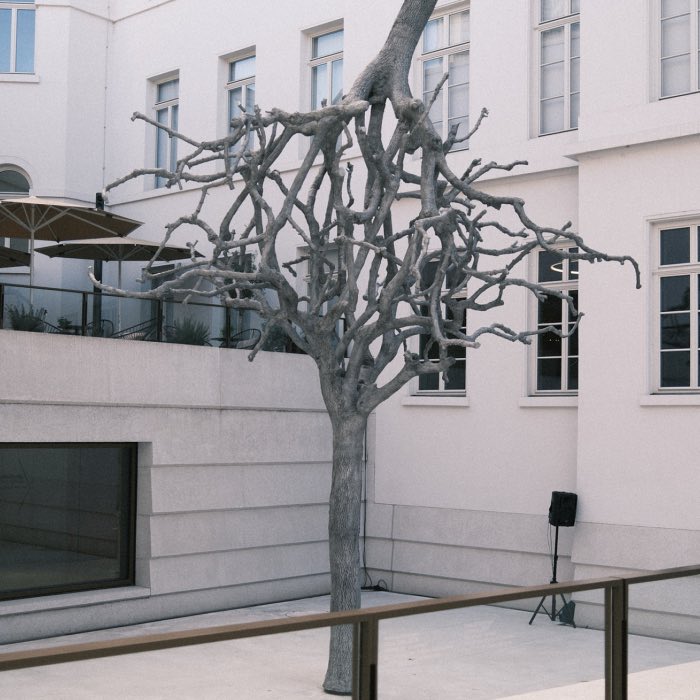
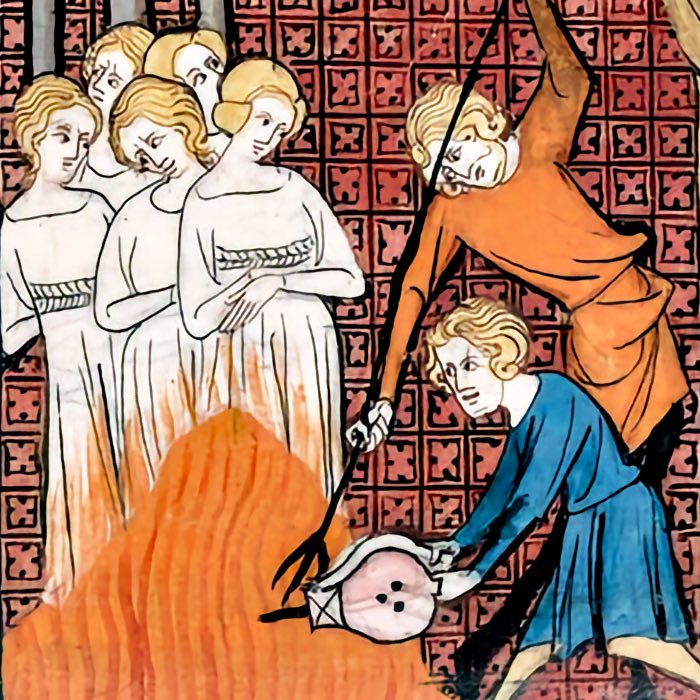
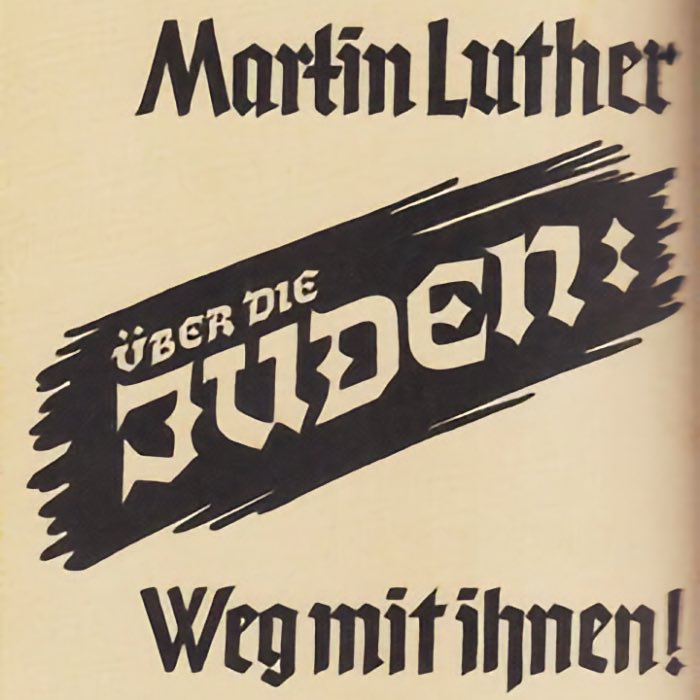
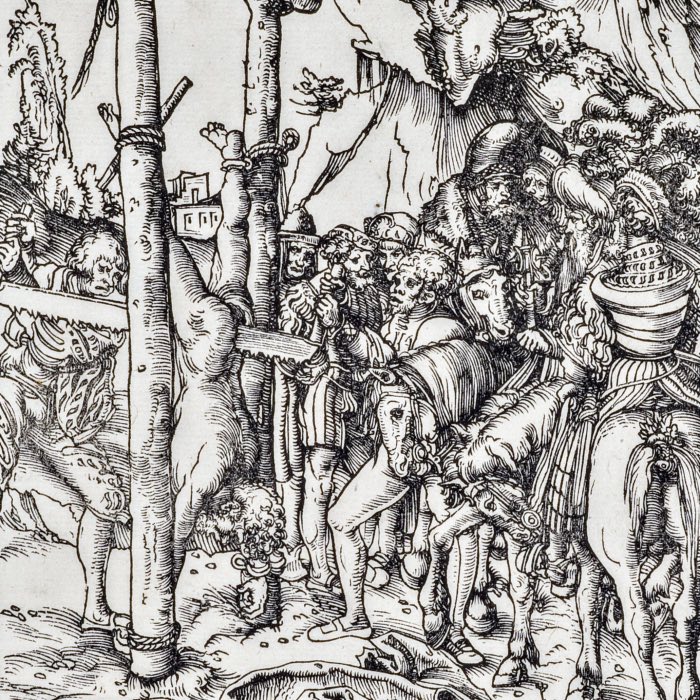
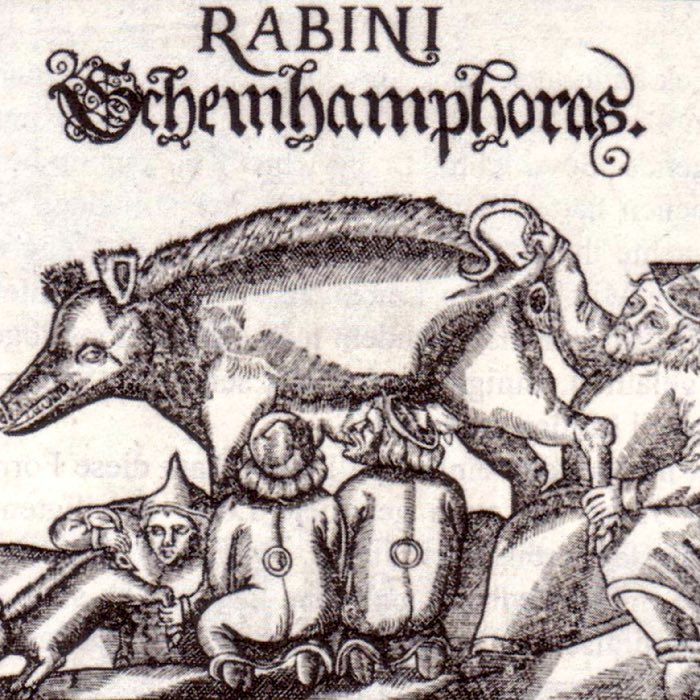
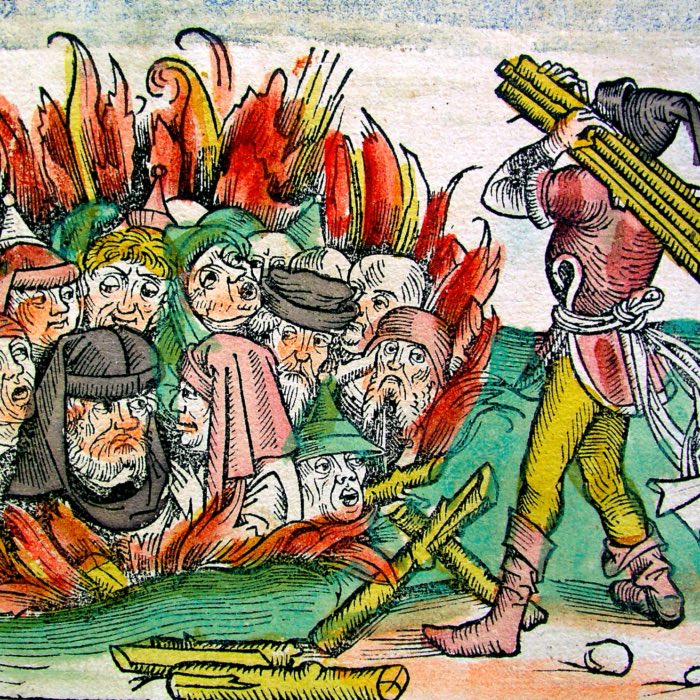
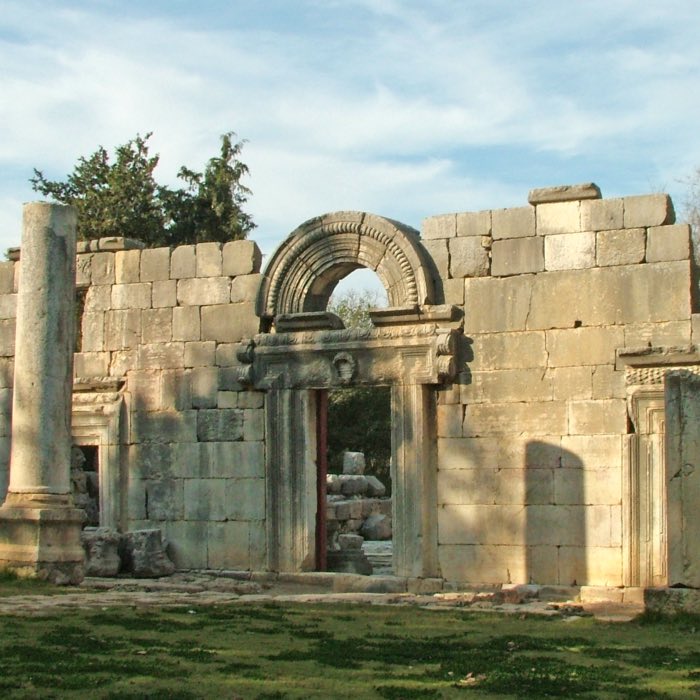
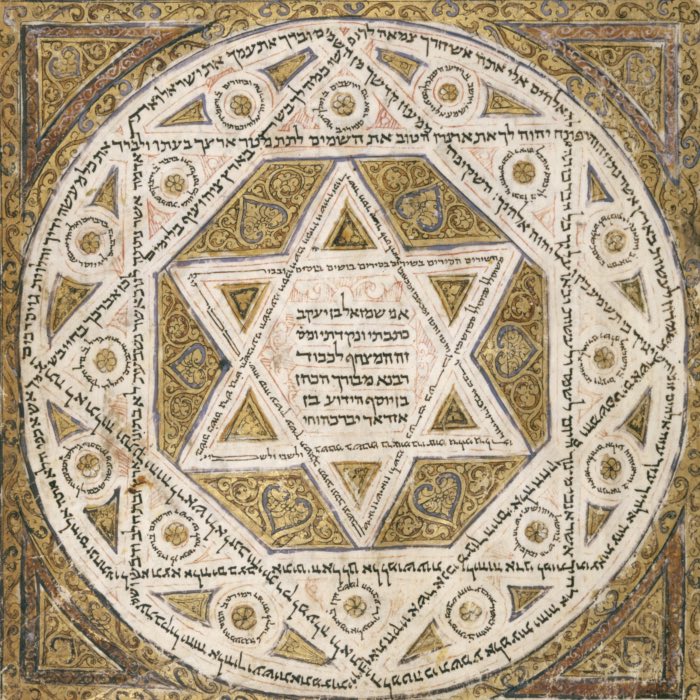
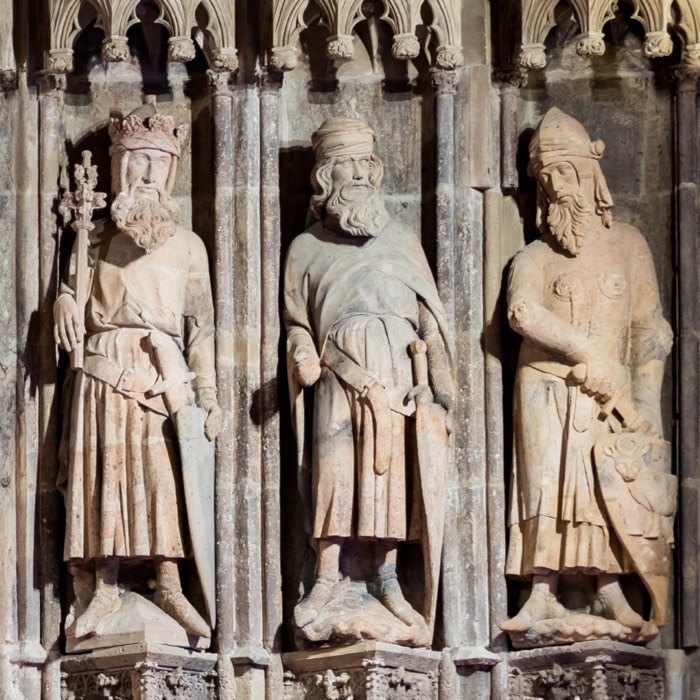

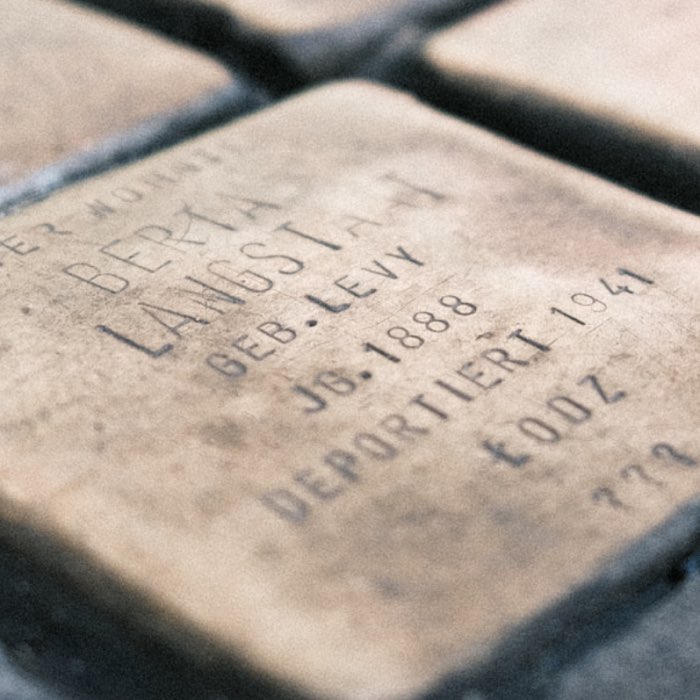
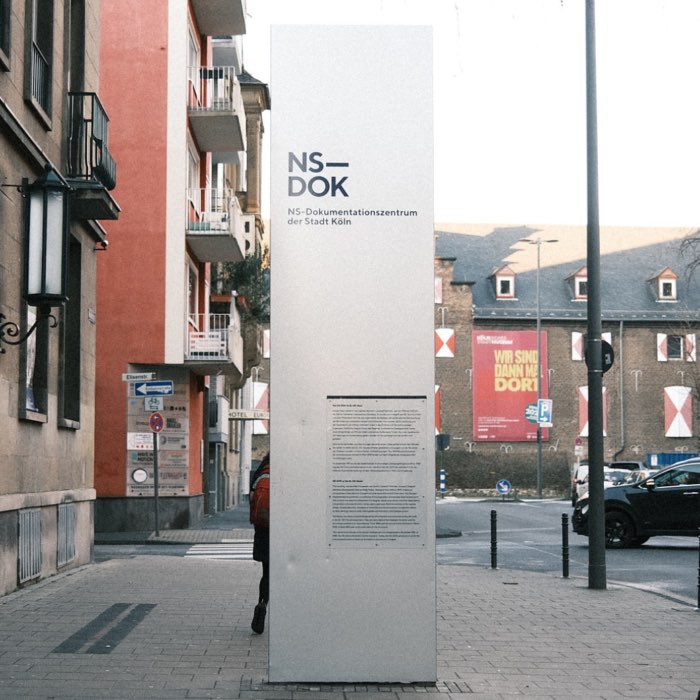

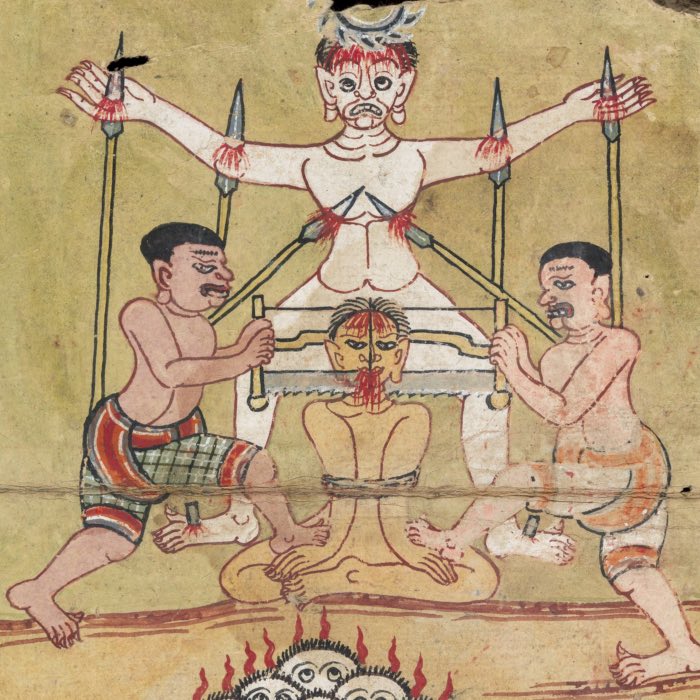


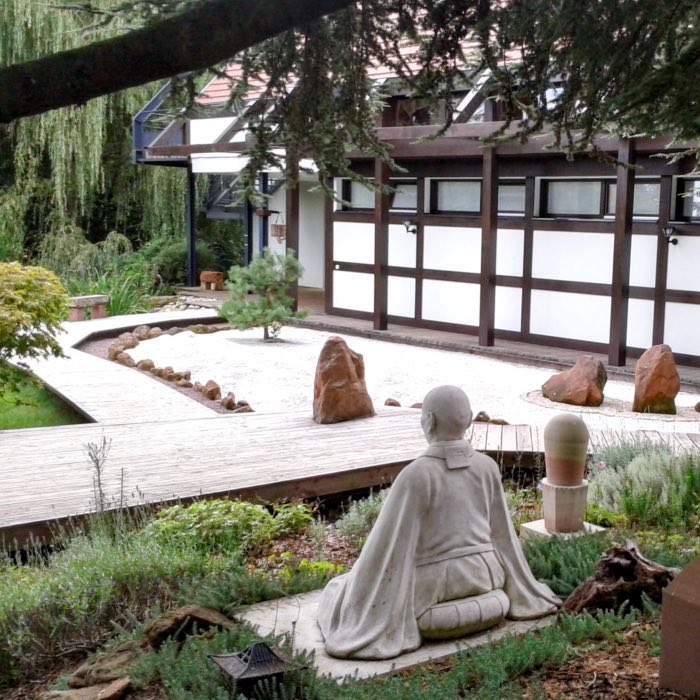
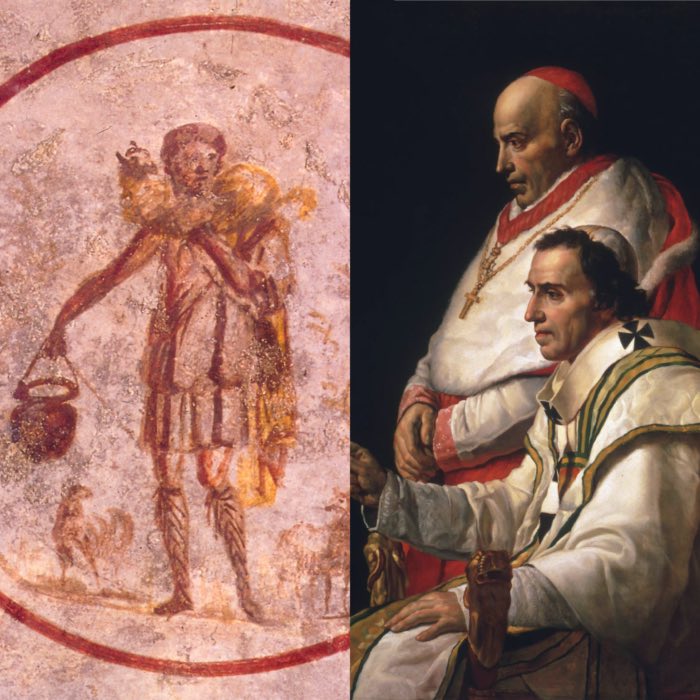
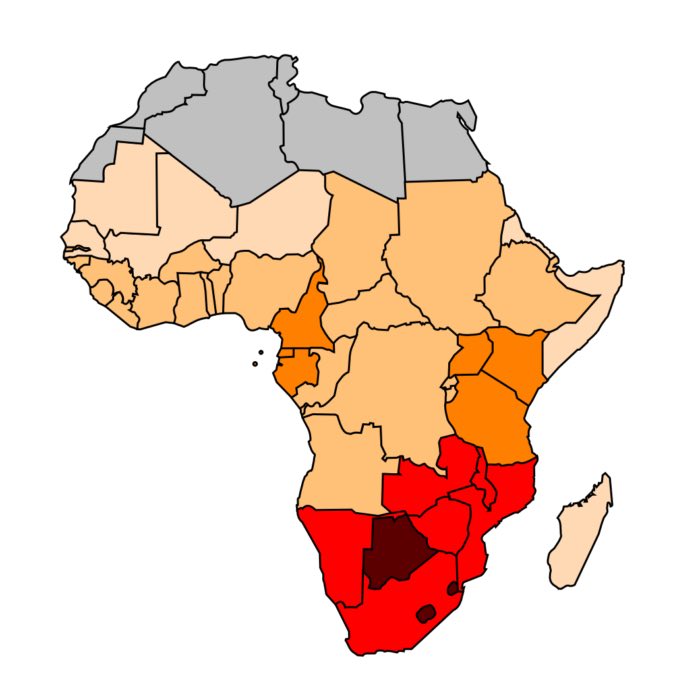
comments